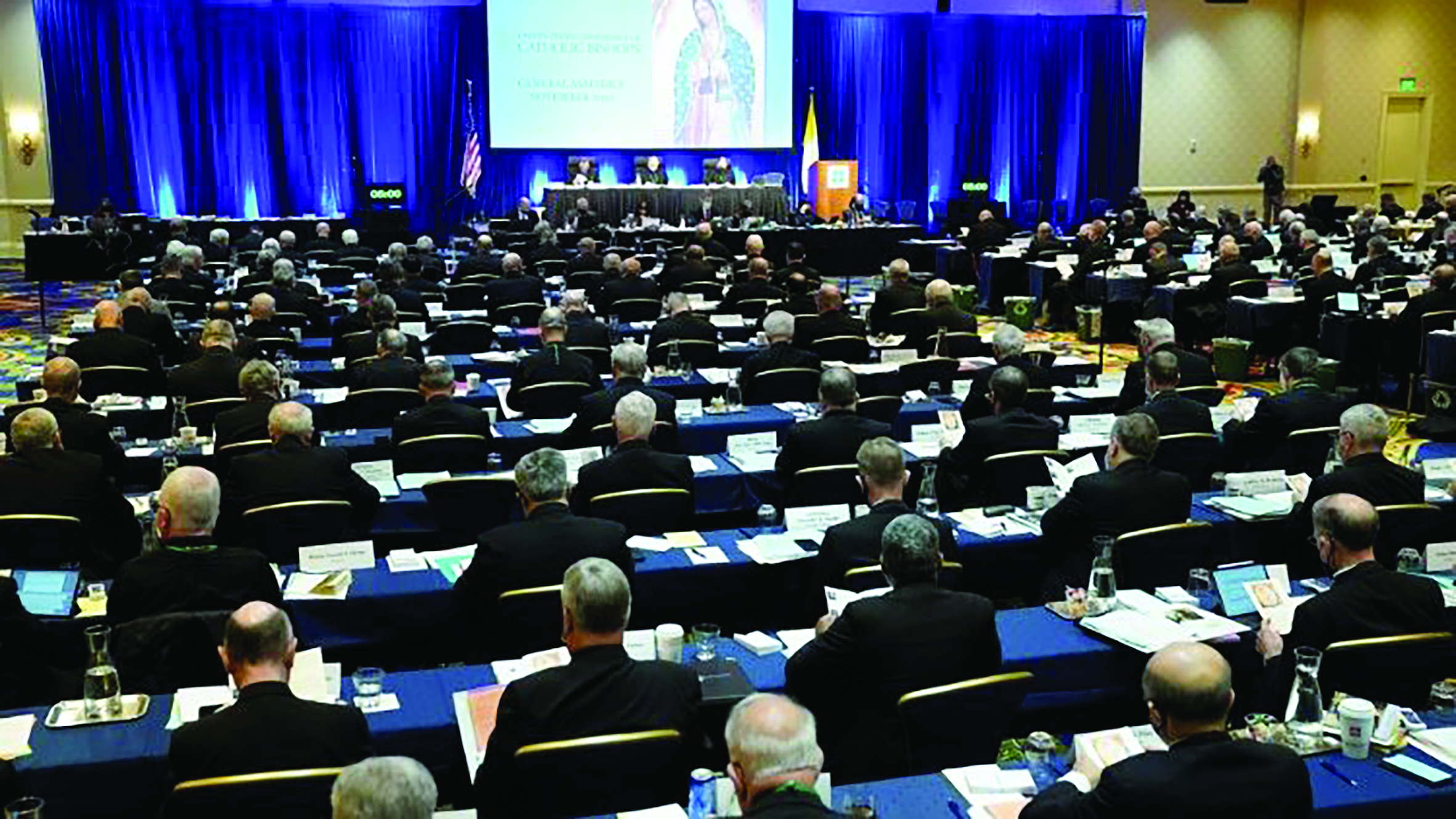
Bishop Bernard Fellay, superior general of the Priestly Fraternity of St. Pius X.
On April 18, the Vatican press office released a note which almost all observers agreed marked a pivotal moment in one of the most important developing news stories in the Church.
The note said that a letter had been received in the Vatican from the head of the Society of St. Pius X (the followers of the late Archbishop Marcel Lefebvre). That is all the note said.
And yet, the internet and the press were soon filled with reports that this note marked a “breakthrough” in the multi-year process of negotiations between Rome and the Society of St. Pius X, which is not in full communion with Rome.
Here is the text of the note, entitled: Communiqué of the Pontifical Commission “Ecclesia Dei” (a commission now under the auspices of the Congregation for the Doctrine of the Faith, the chief doctrinal office in the Church). The communiqué reads:
“The text of the response of His Excellency Bp. Bernard Fellay, Superior General of the Priestly Fraternity of Saint Pius X, requested during the meeting in the Congregation for the Doctrine of the Faith of March 16, 2012, was delivered on April 17, 2012. This text will be examined by the Dicastery and submitted afterwards to the judgment of the Holy Father.”
Why is this little note generating so much excitement? Because many believe the note presages a solution to the break between Rome and the Society, and expect that solution to be announced within days or weeks.
Some are even saying that this letter received, referred to in this note, is a “birthday present” to the Holy Father on his 85th birthday. However, that goes well beyond what we know.
Father Federico Lombardi, S.J., the spokesman of the Holy Father, had this to say (the following is a transcription of his oral comments to journalists; we bold-face the three phrases which are the “news” in this comment): “Today’s news means that yesterday Bishop Fellay’s response, which had been requested by Cardinal Levada at the last meeting, was delivered to the Congregation, to the Ecclesia Dei Commission, to the Congregation for the Doctrine of the Faith. Now, this response, it is a response that, according to the words of those who could see it, is a very different response from the previous one, and this is encouraging; we proceed forward. But, naturally, we also find in the response the addition of some details or integrations to the text of the doctrinal preamble that had been proposed by the Congregation for a doctrinal agreement, and this response will be discussed, it will be examined first by the Congregation for the Doctrine of the Faith, in one of its meetings of the next few weeks and, afterwards, it will also naturally be examined directly by the Pope. It can be said that steps forward have been taken, that is to say, that the response, the new response, is rather encouraging, but there are still developments that will be made and examined, and decisions that should be taken in the next few weeks. I think the wait will not be long because there is the desire to reach a conclusion in these discussions, in these contacts.”
A spokesman for the Society of St. Pius X was, if anything, even less positive about this letter than Lombardi. He said the following:
Communiqué of the General House of the Society of Saint Pius X
The media are announcing that Bishop Bernard Fellay has sent a “positive response” to the Congregation for the Doctrine of the Faith, and that consequently the doctrinal question between the Holy See and the Society of St. Pius X is now resolved.
The reality is different.
In a letter dated April 17, 2012, the Superior General of the Society of St. Pius X responded to the request for clarification that had been made to him on March 16 by Cardinal William Levada concerning the Doctrinal Preamble delivered on September 14, 2011. As the press release dated today [April 17] from the Congregation for the Doctrine of the Faith indicates, the text of this response “will be examined by the dicastery, then submitted to the Holy Father for his judgment.”
This is therefore a stage and not a conclusion.
—Menzingen, April 18, 2012

Cardinal William Levada, prefect of the Congregation for the Doctrine of the Faith
How this matter is resolved — and how it will finally be resolved is still not at all clear — will have much to do with how Benedict XVI’s pontificate is viewed by future historians.
Benedict now finds himself at the center of many very powerful interests who will wish to sway his judgment as he decides this matter.
During this pontificate, begun seven years ago, the break between Rome and the Society of Saint Pius X has been one of the Pope’s abiding concerns.
Shortly after his election, Benedict XVI met the Superior of the Society, Bishop Bernard Fellay, at his summer residence in Castel Gandolfo. That was on August 29, 2005. At that time, two communiqués, one by Rome, the other by Menzingen, indicated in unison that the Pope and Fellay had agreed to “proceed by stages” in the resolution of problems. And the most long-planned, most keenly-discussed, and most vigorously-contested texts of this reign were those that constituted two of these famous stages: the motu proprio that freed the Traditional Mass (Summorum Pontificum, July 7, 2007), then the removal of the excommunications of the bishops consecrated by Archbishop Lefebvre. Now the 264th Successor of Peter must weigh the response of Fellay. He has a rendezvous with history, come what may.






Facebook Comments